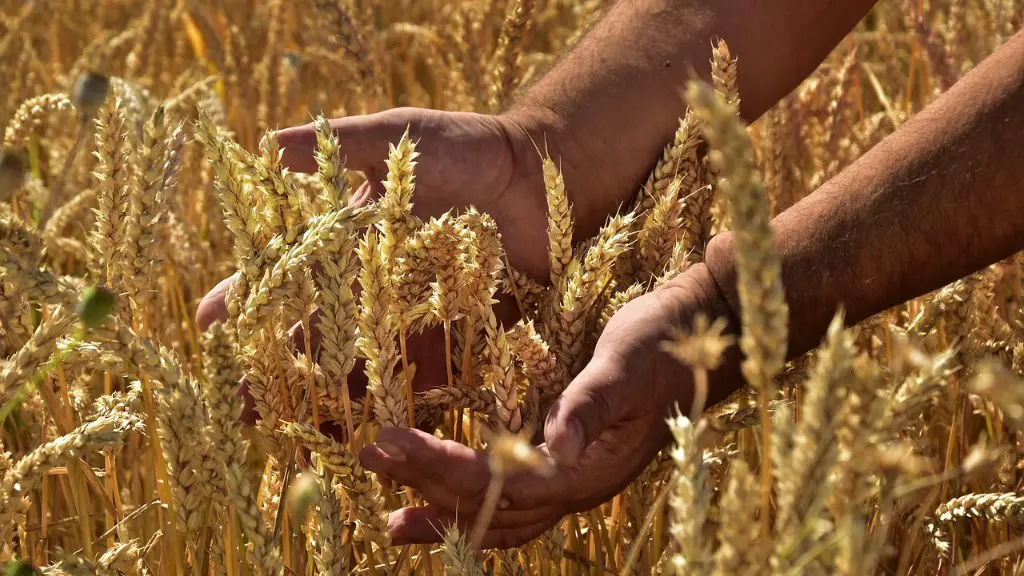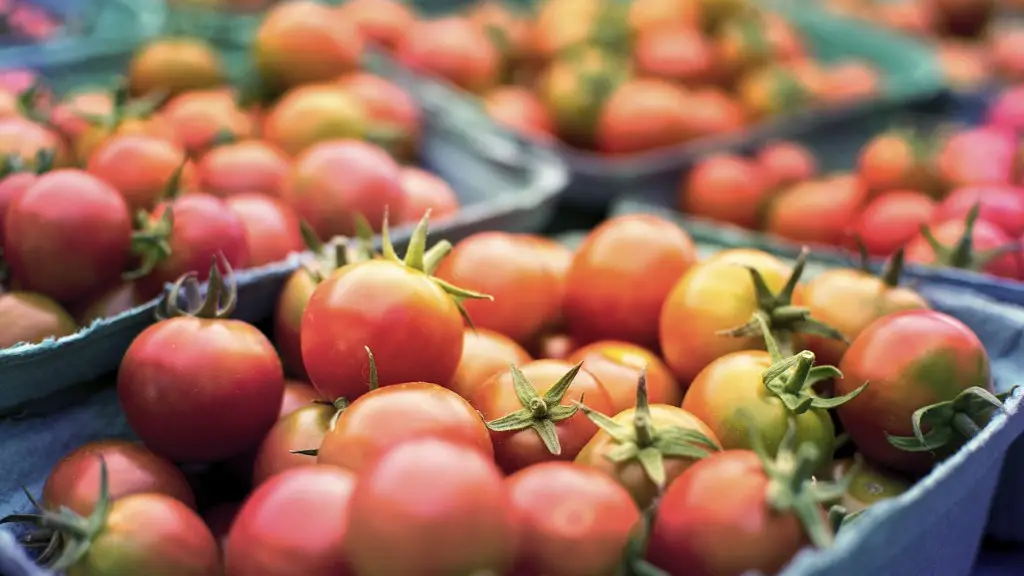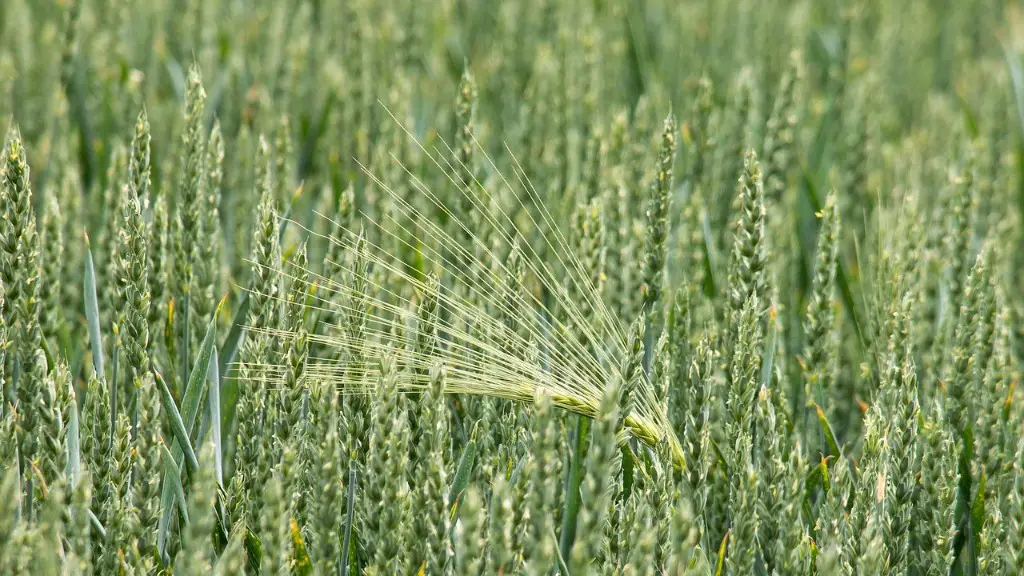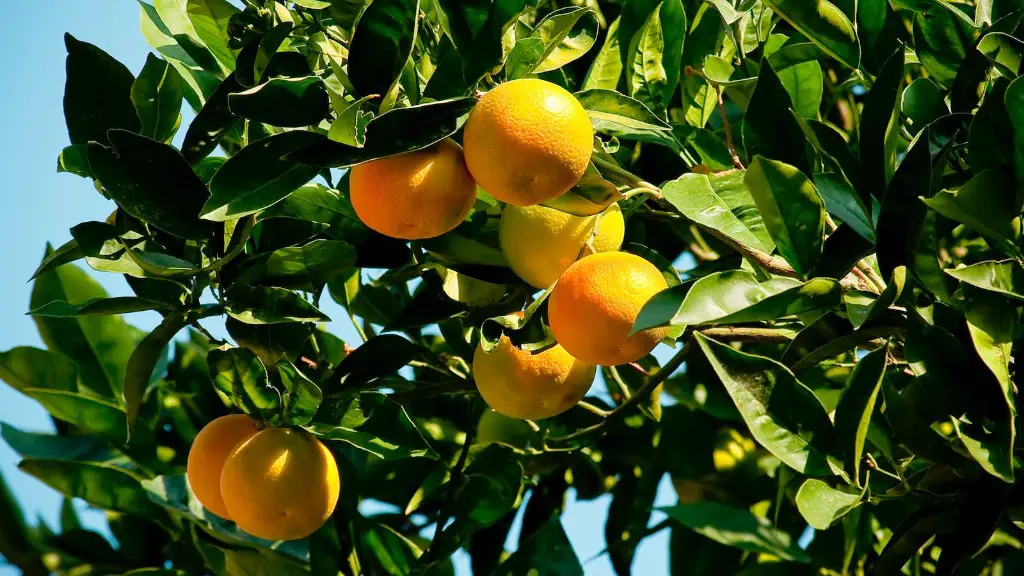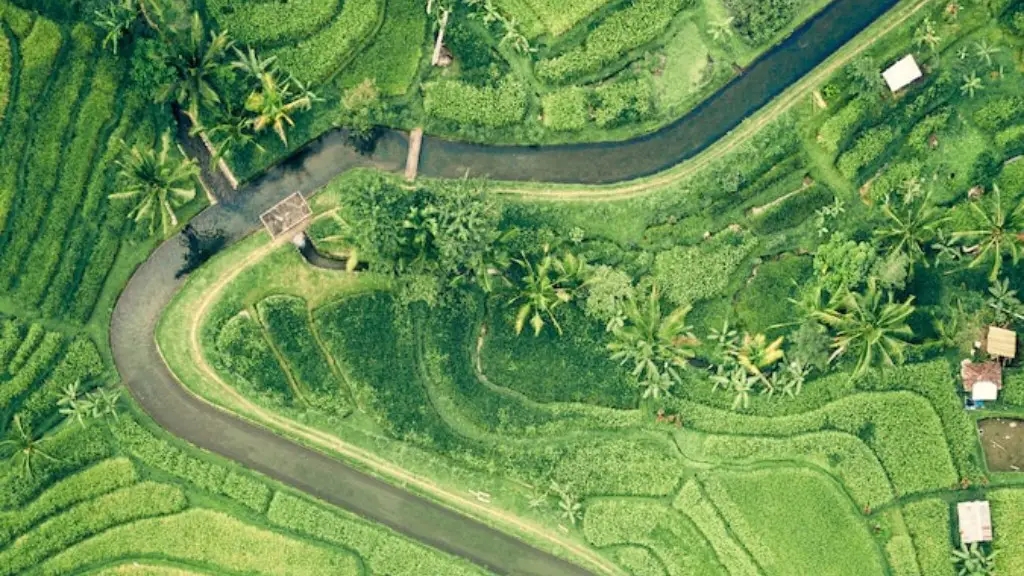Drip irrigation is a type of irrigation that saves water and fertilizer by allowing water to drip slowly to the roots of plants, either onto the soil surface or direct to the root zone, through a network of valves, pipes, emitters, and pods.
Drip irrigation is a type of irrigation in which water is delivered through a system of tubes or emitters directly to the roots of plants. This method of irrigation is considered more efficient than other methods, such as sprinklers, because it minimizes water loss due to evaporation and wind. Drip irrigation is often used in agriculture, but can also be used in home gardens.
What is drip irrigation and how it works?
Drip irrigation is an efficient way to water plants because the water is delivered directly to the root zone. This method can improve plant productivity and quality because the moisture levels are kept at an optimal range.
Drip irrigation is an efficient and effective way to water crops. It can be used in areas where water is scarce or where irrigation is not possible. Drip irrigation can be used to water crops in small or large areas.
What are examples of drip irrigation
Drip irrigation is a type of irrigation system that delivers water to crops via a network of pipes. The water is delivered directly to the roots of the plants, which helps to reduce water wastage and improve crop yields.
There are many different types of crops that can be grown using drip irrigation, including Orchard crops, Oil seed crops, and Forest crops. Each type of crop has its own unique irrigation requirements, so it is important to choose the right type of drip irrigation system for your needs.
Drip irrigation is a type of micro-irrigation soil has the potential to save water and nutrients by allowing water to drip slowly to the roots of plants, either from above the soil surface or buried below the surface Drip irrigation systems distribute water through a network of valves, pipes, tubing, and emitters.
What is the main problem of drip irrigation?
Small tubing for irrigation often becomes clogged from hard water, reducing its effectiveness. Newer designs include filters and self-flushing emitters, but they are often more expensive. The tubing/system can also be unsightly, and because of this, it is often covered by mulch or plant foliage, making it difficult to monitor.
Drip irrigation is a type of irrigation that saves water by minimizing evaporation. The method cannot be used with high iron content water because emitters become clogged. Nutrient losses from leaching is reduced. Maintenance is required to keep system going. No land grading required. Chewing on tubing from insects and rodents can cause water leaks.
How effective is drip irrigation?
Drip irrigation is simply an irrigation system that applies water to your plants in a slow and steady manner, either directly to the roots or to the soil around the roots. Because water is applied slowly and directly to the roots, very little water is lost to evaporation or runoff, making it one of the most water-efficient irrigation methods. In fact, drip irrigation can have up to 90% water use efficiency, especially compared to other irrigation methods like sprinkler systems, which can have as low as 50% water use efficiency. In addition to being water-efficient, drip irrigation can also have low energy requirements, making it an environmentally friendly irrigation option.
Drip irrigation is a highly efficient method of irrigation that can be used for a variety of crops and situations. There are two main types of drip irrigation: sub-surface drip irrigation and surface drip irrigation.
Sub-surface drip irrigation is where water is applied below the soil surface through narrow tubes. This method is often used in fields where crops are growing close together, such as in vineyards. It is also used in fields where there is a lot of evaporation, to minimize water loss.
Surface drip irrigation is where water is applied directly to the soil surface. This method is often used in fields where crops are widely spaced, such as orchards. It is also used in fields where there is very little evaporation.
What are the advantages of drip irrigation in agriculture
Drip irrigation is the most efficient method of watering today because it saves water and time. By watering directly to the roots of the plants, less water is needed and the plants are healthier.
Drip irrigation is a very efficient way to irrigate crops. It can be used on any type of crop, from field crops to vegetables to trees. It is especially well suited for crops that are grown in a soilless media, such as hydroponics.
What is the best irrigation system for crops?
Drip irrigation is an efficient way to water plants, especially in clay soils. The slow application of water allows the soil to absorb the water, preventing runoff. Drip devices use less water than overhead spray devices, making them more water-efficient.
Drip irrigation is the most efficient way to water your plants. By delivering water directly to the root zone, it minimizes evaporation and waste.
Drip irrigation is also very versatile. It can be used to irrigate individual plants, trees, or row crops like vegetables and sugarcane.
However, drip irrigation is not suitable for close-growing crops like rice. The reason is that the water droplets can fall on the leaves of the plants and cause diseases.
How often should drip irrigation run
Drip irrigation systems are an efficient and effective way to water your plants. They can be run on a schedule that works for your climate and schedule, making it easy to keep your plants healthy and hydrated.
Soaker hoses are great for small, delicate plants that need a gentle watering. Emitter systems are great for larger plants that need a consistent watering. Drip tapes are great for long, straight rows of plants that need a consistent watering. Micro-misting systems are great for small, delicate plants that need a gentle watering.
Does drip irrigation save water?
Drip irrigation is an efficient irrigation method that can help reduce water usage on farms by up to 60%. Additionally, it can also increase crop yields by up to 90% in comparison to other irrigation methods. However, drip irrigation systems can be expensive to install, particularly in rural areas where the costs can exceed $3,000 per acre.
Spray irrigation systems use more water than other types of irrigation because of the pressure required to spray the water. They are also more labor intensive, and lose water easily to evaporation.
Final Words
Drip irrigation is a type of irrigation system that delivers water to plants at a slow and steady rate. The water is delivered through a network of pipes, with small holes or emitters that release the water drop by drop. This type of irrigation is very efficient because it minimizes water loss due to evaporation and runoff.
Drip irrigation is a type of irrigation that uses a system of valves, pipes, and emitters to slowly release water to plants at the root zone. It is a very efficient way to water crops, and can be used in areas where water is scarce.
